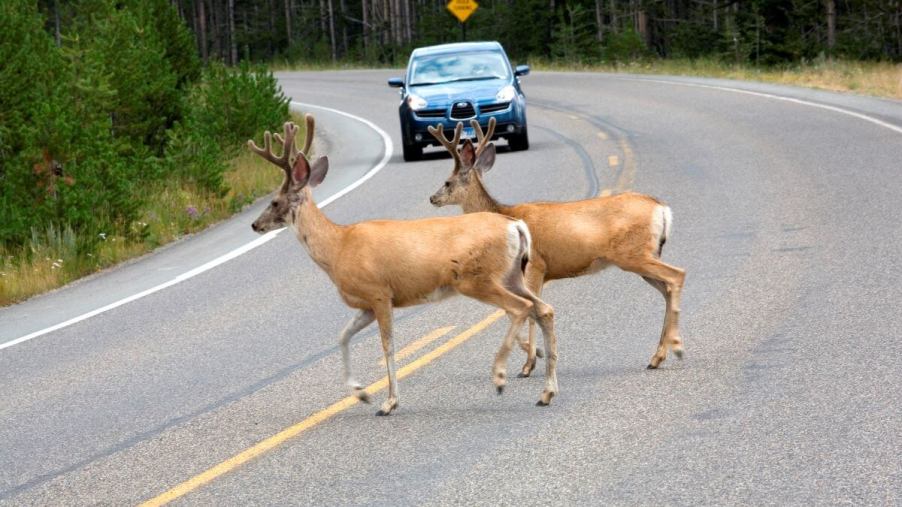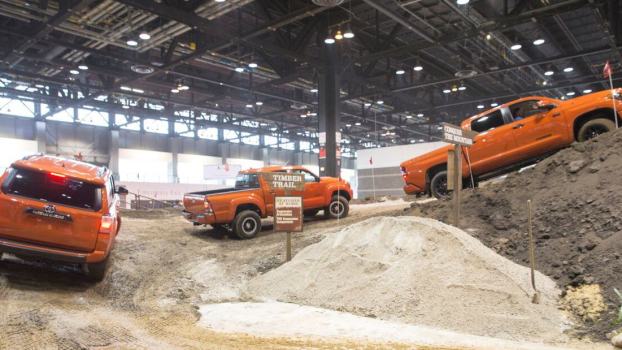
1 Auto Accessory Protects Your Car From Damage in the Event of a Deer Collision
For drivers in northern regions and rural areas, encounters with deer and other wildlife on the roads are a common and potentially dangerous occurrence, especially during nighttime or near forested areas. Regarding car safety, the instinct to swerve away from animals crossing the road can sometimes lead to unintended consequences, resulting in costly collisions with other objects or even more severe accidents. Fortunately, there is a widely popular auto accessory that can help protect your vehicle from damage during wildlife collisions—the bull bar, also known as a push bumper or crash guard.
What is a bull bar?
According to Black Horse Off-Road and Police 1, a bull bar, or push bumper, is a sturdy metal structure mounted on the front of a vehicle, designed to absorb the impact of collisions with animals or other objects. It acts as a buffer, shielding the vulnerable parts of the car, such as the grille, radiator, and headlights. Bull bars are typically made from materials like steel or aluminum and are available in various sizes and designs to fit different vehicles and collision scenarios.
Protection against wildlife-vehicle collisions (WVCs)
One of the purposes of a bull bar is to minimize damage to your car in the event of a deer or wildlife collision. When a vehicle strikes an animal, the bull bar absorbs a significant portion of the impact, reducing the force transferred to the car’s front end. This can prevent costly damage to the engine, radiator, and other vital parts.
A bull bar can also protect occupants by reinforcing the front of the vehicle, reducing the risk of injury in case of a severe accident. It provides an added layer of defense against potential hazards encountered on the road.
Versatility and other uses of the vehicle accessory
Beyond its function as a protective measure against wildlife collisions, a bull bar serves other purposes. It can be utilized for mounting auxiliary lighting, winches, or antennas, making it a versatile accessory for off-road enthusiasts and utility vehicles. Some bull bars are equipped with brush guards, which shield the headlights and grille from damage caused by low-hanging branches or brush while driving.
Cultural and regional variations on the bull bar name
Interestingly, the terminology used for this accessory varies depending on the location, culture, and dialect. In Australia, it is commonly referred to as a “kangaroo bar” due to the prevalence of kangaroo collisions on Australian roads. In regions with significant cattle populations, such as parts of the United States, it may be called a “cattle bar.” Other regional variations include “cactus pusher” in the southwestern United States and “ram bar” in certain areas. These diverse names reflect the local wildlife and drivers’ challenges in different regions.
Safeguard your vehicle with a bull bar
For drivers in northern and rural areas where deer and other wildlife encounters are frequent, investing in a bull bar is a prudent choice. Remember, safety on the road should always be a top priority, and equipping your car with a bull bar can be a significant step toward protecting yourself and your vehicle from potential wildlife collisions.




